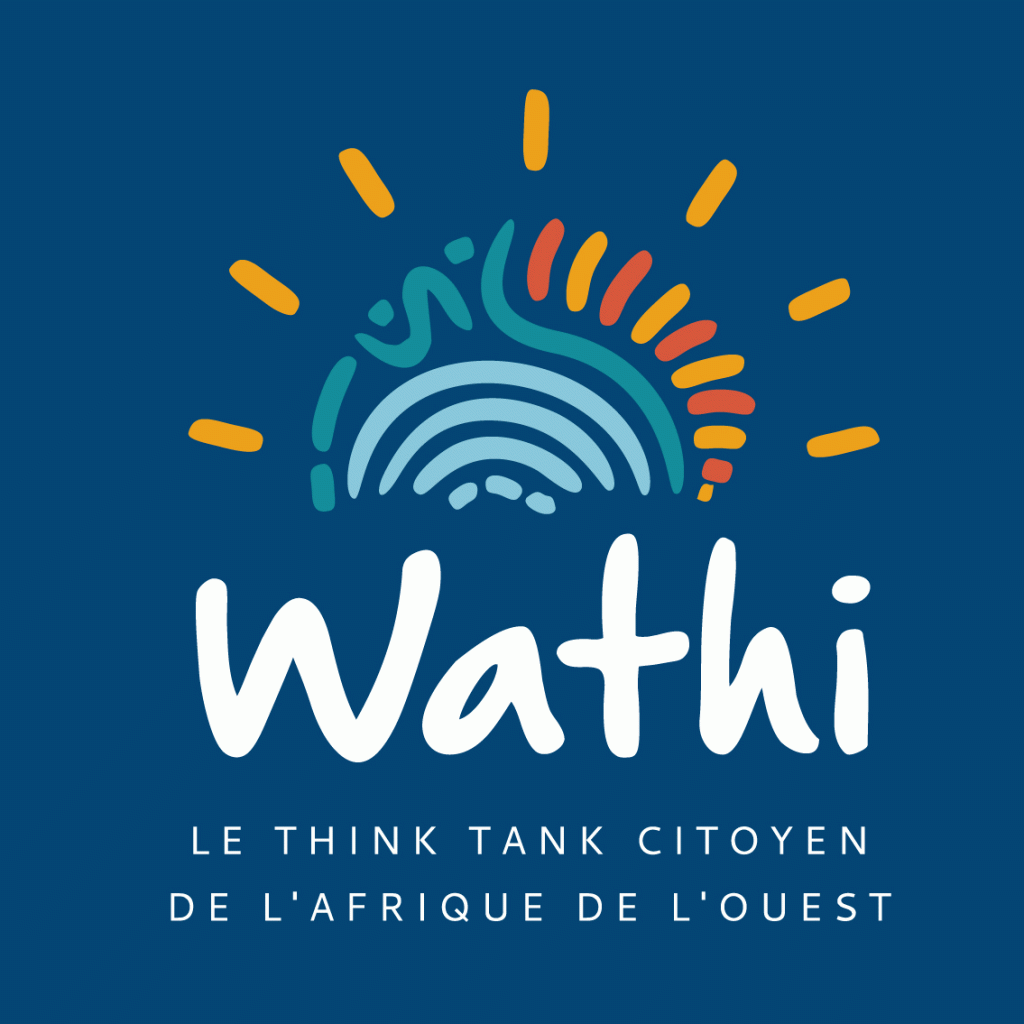Burkigraff
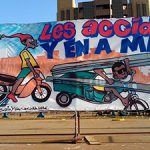 Fasograff est un festival 100% Graffiti initié par l’association «Burkigraff». La première édition a été organisé en mai 2015 à Ouagadougou au Burkina Faso. Cette première édition était placée sous le thème graffiti pour la paix. Du 1er au 03 mai 2015, se sont déroulés les ateliers de formations , et le 4 mai a marqué la phase de démarrage des performances graffiti. Les festivaliers « graffeurs » ont marqué de leurs empreintes les murs d’un lycée par des messages et images fortes prônant la paix dans un Burkina Faso post insurrectionnel. Le Fasograff a pour objectif, de réaliser des fresques murales dans différents localités de Ouagadougou avec des Graffiti qui sensibilisent et qui pourraient contribuer à la Paix au Burkina Faso.
Fasograff est un festival 100% Graffiti initié par l’association «Burkigraff». La première édition a été organisé en mai 2015 à Ouagadougou au Burkina Faso. Cette première édition était placée sous le thème graffiti pour la paix. Du 1er au 03 mai 2015, se sont déroulés les ateliers de formations , et le 4 mai a marqué la phase de démarrage des performances graffiti. Les festivaliers « graffeurs » ont marqué de leurs empreintes les murs d’un lycée par des messages et images fortes prônant la paix dans un Burkina Faso post insurrectionnel. Le Fasograff a pour objectif, de réaliser des fresques murales dans différents localités de Ouagadougou avec des Graffiti qui sensibilisent et qui pourraient contribuer à la Paix au Burkina Faso.
Source: Droit Libre TVFestival Fasograff: des graffiti pour alerter les consciences
Wide Open Walls
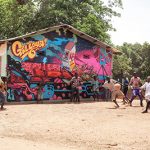 Wide Open Walls was founded by Lawrence Williams, one of the owners of Makasutu, a conservation project home to a set of magnificent river lodges at Mandina in The Gambia, West Africa. The area surrounding Makasutu is home to a number of small villages falling under the Ballabu conservation project, set up to conserve the natural and cultural beauty of the area. Lawrence, a keen artist, began working with local artist Njogu Touray on murals within these communities and began to see the potential to expand the project into something more, something lasting that could both function as a valid art installation in itself and at the same time a means to generate income for the rural communities who host the artwork. Wide Open Walls is a democratic and interactive street art project bringing artist of the world to celebrate through art, all good things in life, environmental awareness, peace, love and respect for our cultural values.
Wide Open Walls was founded by Lawrence Williams, one of the owners of Makasutu, a conservation project home to a set of magnificent river lodges at Mandina in The Gambia, West Africa. The area surrounding Makasutu is home to a number of small villages falling under the Ballabu conservation project, set up to conserve the natural and cultural beauty of the area. Lawrence, a keen artist, began working with local artist Njogu Touray on murals within these communities and began to see the potential to expand the project into something more, something lasting that could both function as a valid art installation in itself and at the same time a means to generate income for the rural communities who host the artwork. Wide Open Walls is a democratic and interactive street art project bringing artist of the world to celebrate through art, all good things in life, environmental awareness, peace, love and respect for our cultural values.
Wide Open Walls: Makasutu 2010
Alphanso Appleton
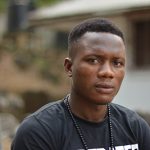 Alphanso Appleton, a local, a surfer, and now an activist uses graffiti to give his country a meaningful facelift. Appleton’s painting is part of a first-of-its kind art project that took root in Robertsport, Liberia, in June. It began when a group of locals, who, led by Appleton, repainted internationally acclaimed artwork on war-ravaged spaces around the town. And the project is unique in that none of them are artists — at least, not in the traditional sense. Prior to the civil war, [Liberia] was a very loving country and a peaceful land,” says Appleton. “But then the war came, people died and a lot of buildings were destroyed.” The colorful anomalies quickly became popular attractions, as locals came by to admire them. Many took selfies, which quickly turned up on Facebook in people’s profile pictures and cover photos. This press represented small, but significant victories for Appleton, who sees the murals as an emerging point of local pride for the city.
Alphanso Appleton, a local, a surfer, and now an activist uses graffiti to give his country a meaningful facelift. Appleton’s painting is part of a first-of-its kind art project that took root in Robertsport, Liberia, in June. It began when a group of locals, who, led by Appleton, repainted internationally acclaimed artwork on war-ravaged spaces around the town. And the project is unique in that none of them are artists — at least, not in the traditional sense. Prior to the civil war, [Liberia] was a very loving country and a peaceful land,” says Appleton. “But then the war came, people died and a lot of buildings were destroyed.” The colorful anomalies quickly became popular attractions, as locals came by to admire them. Many took selfies, which quickly turned up on Facebook in people’s profile pictures and cover photos. This press represented small, but significant victories for Appleton, who sees the murals as an emerging point of local pride for the city.
Source : Global Citizen
The Liberia Project’ // Apartial
Osa Seven
 Seven grew up in Festac, a lively neighborhood in Lagos where some of his earliest work still marks the walls. Despite the negative connotations surrounding graffiti Seven was undeterred and knew a career in art was his future. He’s made a name for himself as a leading graffiti artist and has created art for big names clients like Guinness and Kia. He now has a new, two-fold agenda: to encourage upcoming artists and to change the perception of graffiti in the minds of Nigerians. His commitment doesn’t end there. He’s partnered with other artists in Lagos to create ‘Art for a cause’ an initiative geared towards injecting creativity into learning spaces for kids. “We visited a couple of schools and we saw the walls were plain and dirty,” he says. “We decided to go to these schools, engage the kids and paint educative artworks on the walls which creates some kind of subconscious and awareness in them.”
Seven grew up in Festac, a lively neighborhood in Lagos where some of his earliest work still marks the walls. Despite the negative connotations surrounding graffiti Seven was undeterred and knew a career in art was his future. He’s made a name for himself as a leading graffiti artist and has created art for big names clients like Guinness and Kia. He now has a new, two-fold agenda: to encourage upcoming artists and to change the perception of graffiti in the minds of Nigerians. His commitment doesn’t end there. He’s partnered with other artists in Lagos to create ‘Art for a cause’ an initiative geared towards injecting creativity into learning spaces for kids. “We visited a couple of schools and we saw the walls were plain and dirty,” he says. “We decided to go to these schools, engage the kids and paint educative artworks on the walls which creates some kind of subconscious and awareness in them.”
Source : CNN
30 seconds of Urban graffiti art by OSA SEVEN
Docta
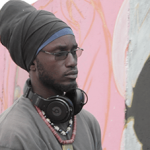 À 37 ans, Docta est l’un des pionniers du graff au Sénégal. De son vrai nom Amadou Lamine Ngom, il affirme qu’au Sénégal, la pratique est sociale et engagée. « Au Sénégal, ce qui nous intéresse c’est de communiquer avec les gens, on ne pose jamais notre blaze » insiste Docta. En accord avec cet état d’esprit, il consacre une année entière et quelques économies pour fonder l’initiative « Graff et Santé » en 2008, une caravane de soins pour les plus défavorisés. « L’idée est de soigner les corps et les murs » explique le « docteur ». Pendant que les médecins prodiguent des soins, des graffitis sont peints pour sensibiliser le public. Avec des actions comme la caravane « Graff & Santé » et le Festigraff, premier festival de graffiti en Afrique, Docta donne une dimension sociale à une pratique très codifiée et stéréotypée en réunissant des personnes de tous horizons pour aider son voisin, qu’il soit différent ou semblable à nous.
À 37 ans, Docta est l’un des pionniers du graff au Sénégal. De son vrai nom Amadou Lamine Ngom, il affirme qu’au Sénégal, la pratique est sociale et engagée. « Au Sénégal, ce qui nous intéresse c’est de communiquer avec les gens, on ne pose jamais notre blaze » insiste Docta. En accord avec cet état d’esprit, il consacre une année entière et quelques économies pour fonder l’initiative « Graff et Santé » en 2008, une caravane de soins pour les plus défavorisés. « L’idée est de soigner les corps et les murs » explique le « docteur ». Pendant que les médecins prodiguent des soins, des graffitis sont peints pour sensibiliser le public. Avec des actions comme la caravane « Graff & Santé » et le Festigraff, premier festival de graffiti en Afrique, Docta donne une dimension sociale à une pratique très codifiée et stéréotypée en réunissant des personnes de tous horizons pour aider son voisin, qu’il soit différent ou semblable à nous.
Source : Jeune Afrique
“Graffi Santé” ou quand le graffiti mobilise, soigne et sensibilise
